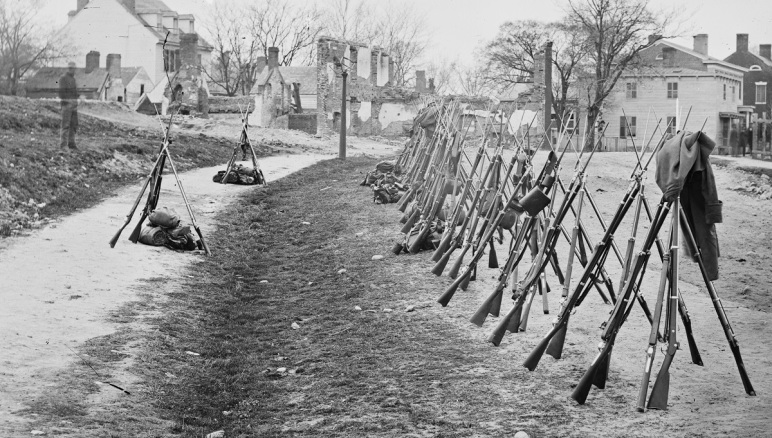
April 9th is the day Gen. Ulysses S. Grant, Commanding General of the US Army, received the surrender of Robert E. Lee, a renegade US Army Colonel who was a leader of a violent rebellion against the United States which killed hundreds of thousands of Americans. Grant offered generous terms to Lee and the other traitors making up his army. Six days later President Lincoln was assassinated in Washington, DC.
The reality of the past is unchanging, as immutable as time proceeds only in one direction. But our perceptions of it, our understanding of its meaning and the stories we tell about it are perpetually in flux. Humans are story-telling creatures. Many of the great artifacts of human intellection are analytic, mathematic, visual. But at the deepest and most penetrating level we understand the world through stories, narratives. The production of these narratives become histories in themselves.
Nowhere is this more viscerally apparent than in the century of valorization of the traitors who led the pretended state called the Confederate States of America. This even goes down to the deep valorization of Southern military culture and the Confederacy’s top generals. This goes for Lee himself, a very skilled tactician but a highly conventional commander. This applies equally to the denigration of the commanders and common soldiers of the North whose reputations were downgraded as an offering to the wounded pride of the South.
Measured words from Marshall, but a great appreciation of the rehabilitation of Grant’s reputation at the link. For some reason(!), we really don’t commemorate this day, I guess some still don’t want to talk about, much less admit the truth about the outcome. But it is not in doubt, and would do everyone a world of good to get better acquainted with the endemic sore-loserdom that followed this day and cuts a raggedy jib even unto today.
Also highly recommended if you’ve never read it, The March, by E.L. Doctorow.
Image: Stacked weapons at Appomattox, 1865.
